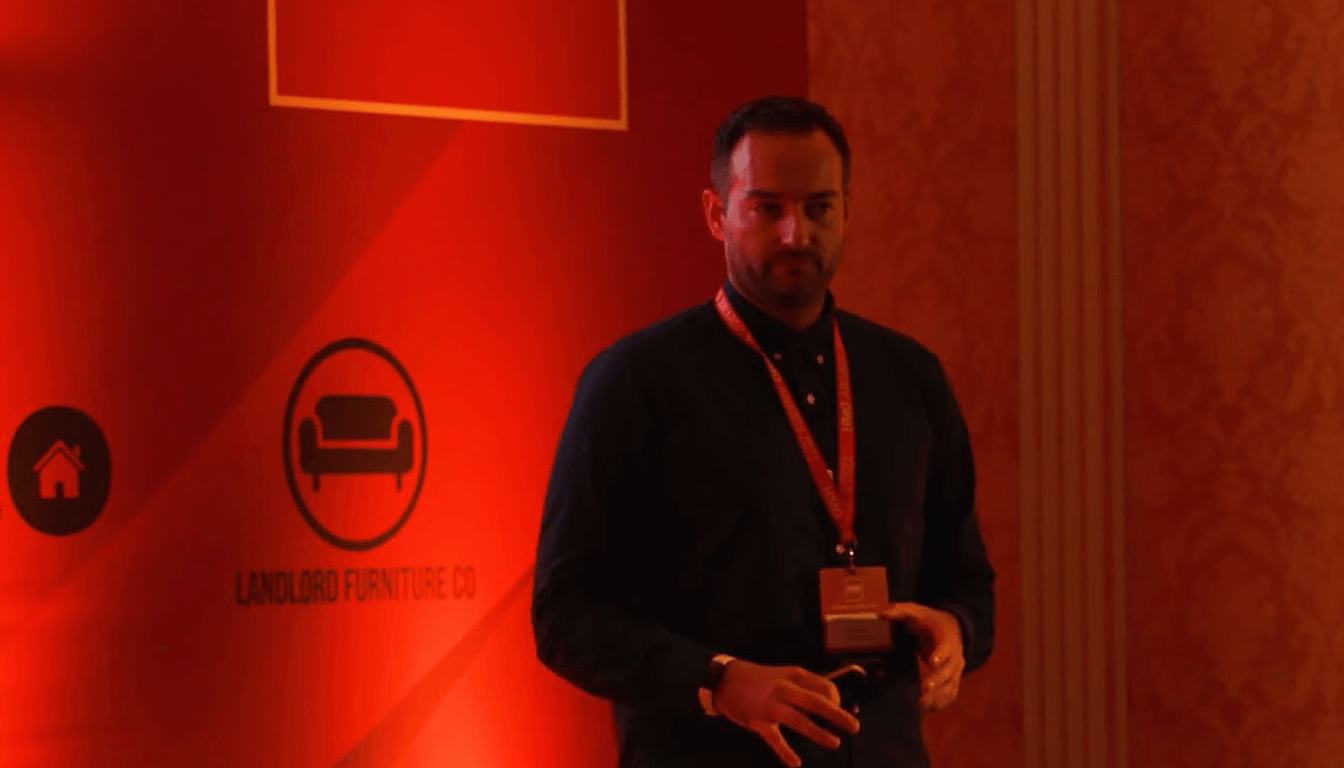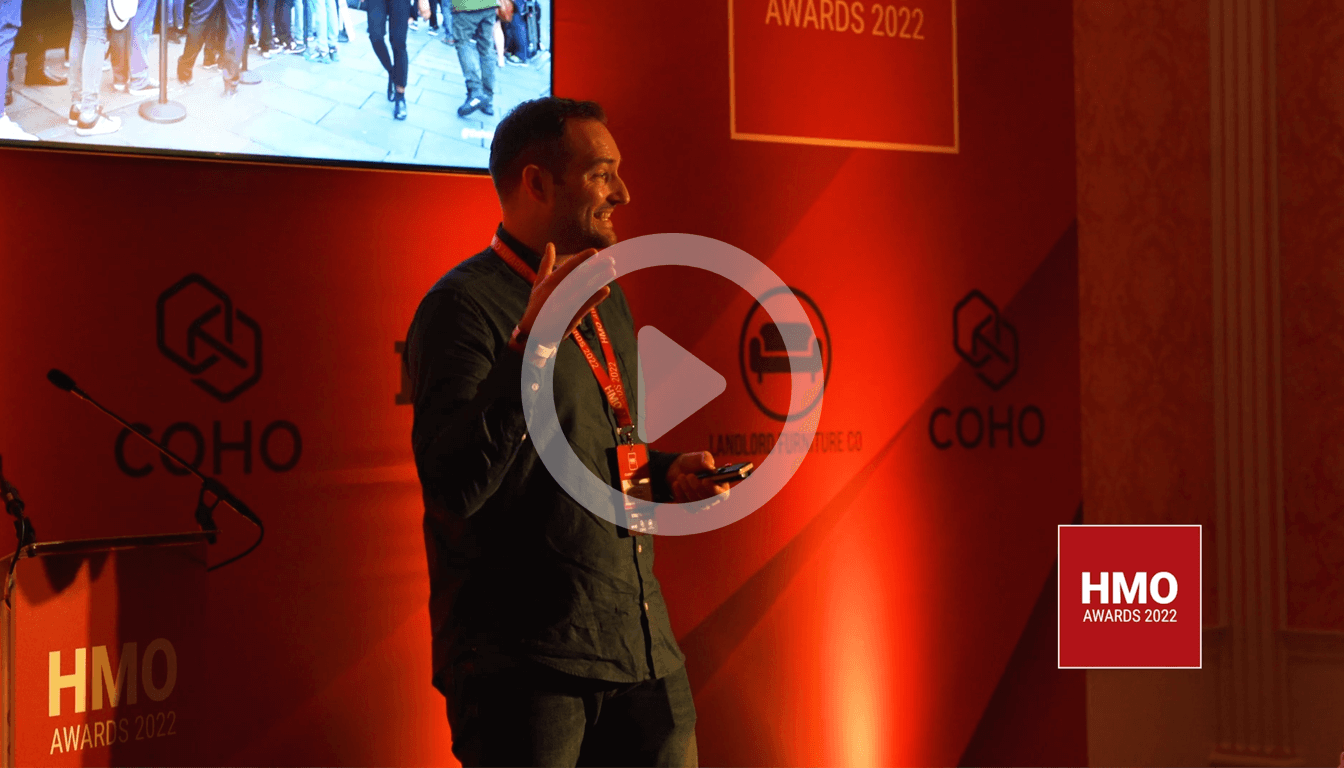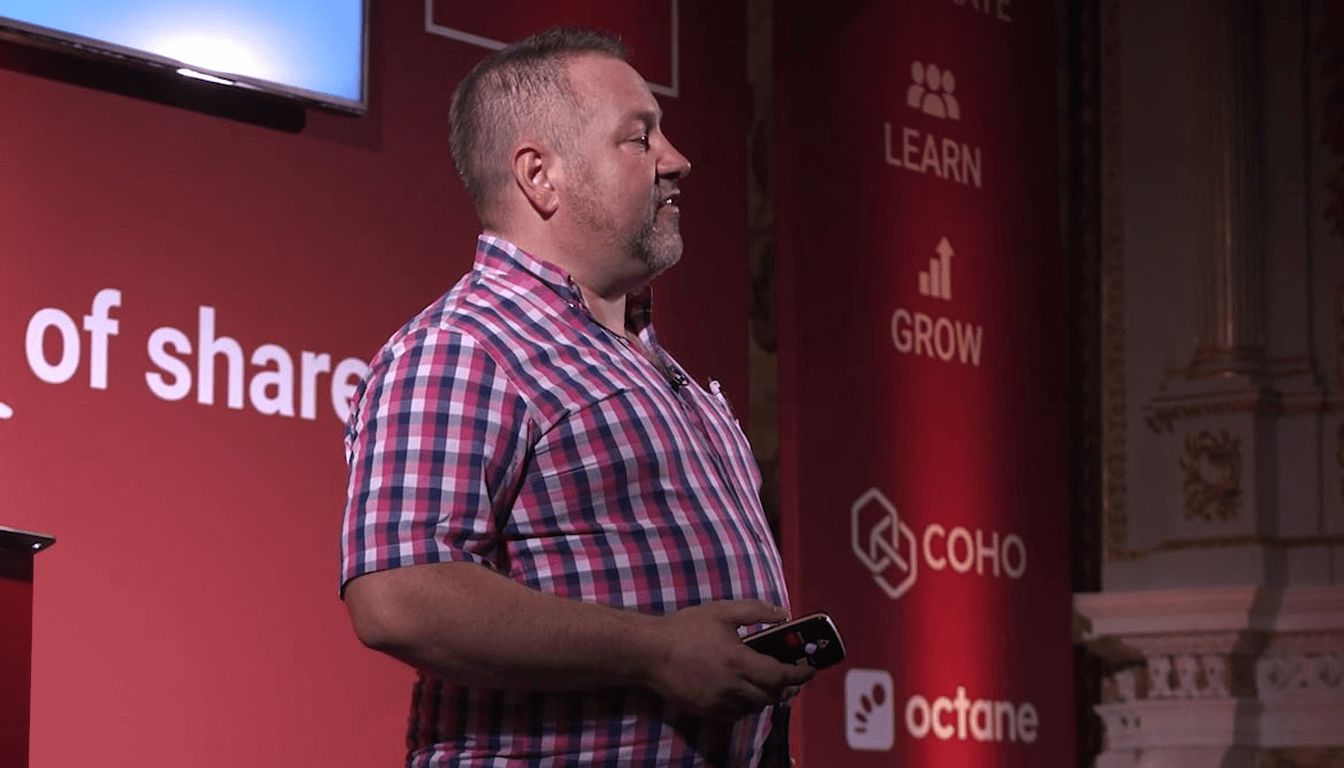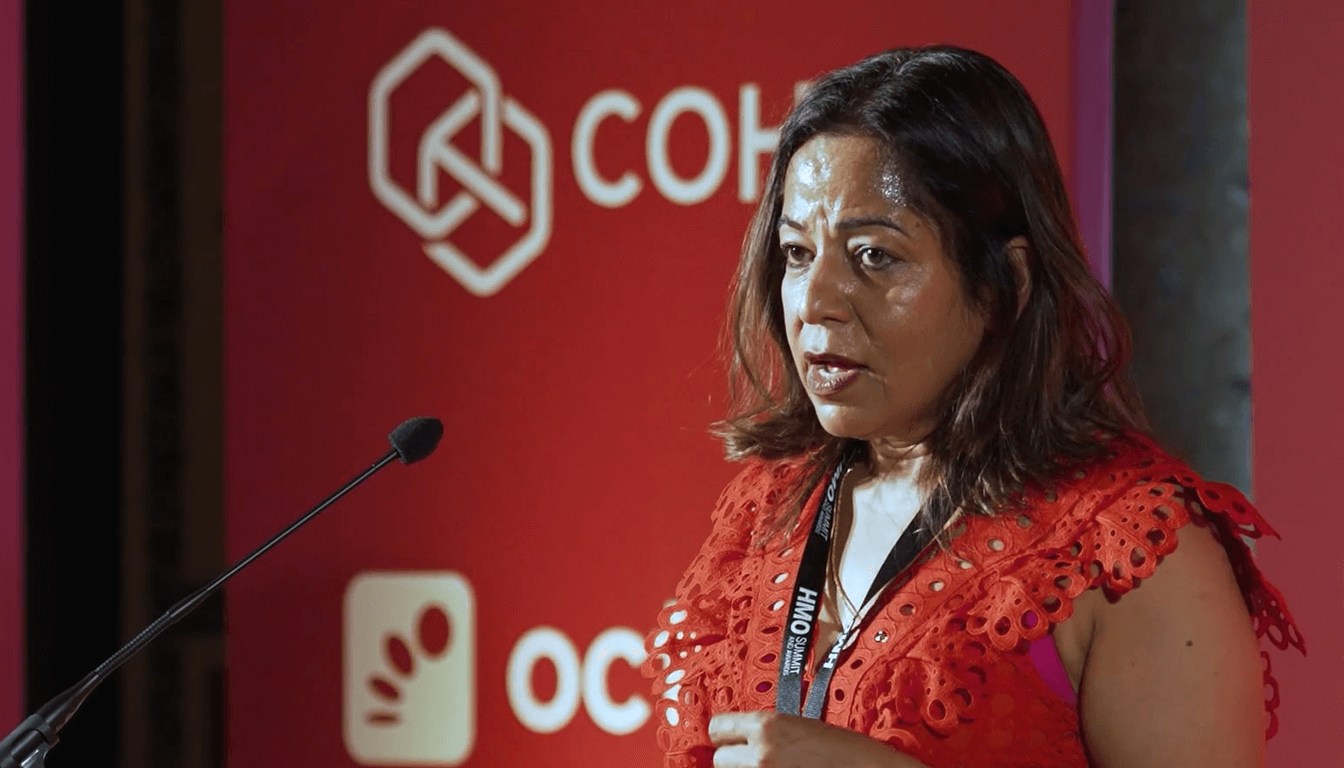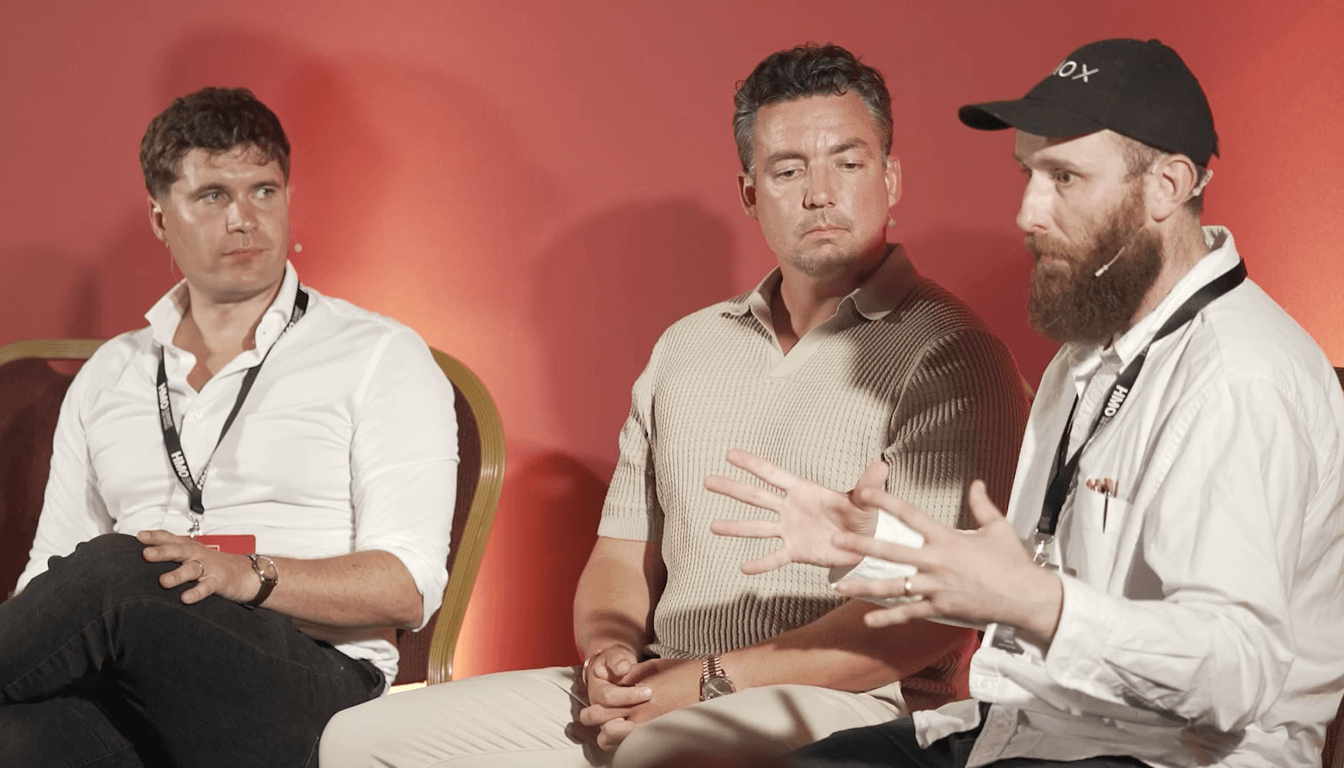Why Branding Is No Longer Optional for HMO Operators
In today’s crowded rental landscape, particularly in the House in Multiple Occupation (HMO) market, simply offering a clean room with Wi-Fi and a feature wall isn’t enough. The competition is fierce, tenant expectations are rising, and landlords who fail to differentiate are rapidly becoming irrelevant.
Branding is the most powerful and sustainable way to escape the race to the bottom, command premium rents, and attract both tenants and investors.
But let’s be clear—branding doesn’t mean slapping a logo on a website or picking a quirky name. It’s about creating a recognizable identity, a cohesive experience, and a repeatable promise that resonates with your ideal tenants.
Let’s unpack exactly how this works.
From Cattle Marks to Property Portfolios: A New Definition of Branding
The term “branding” has ancient roots. Historically, it referred to heating a piece of iron and marking cattle with a symbol of ownership. Fast forward to today, and that act of stamping something as “yours” still holds power—only now it’s about owning space in people’s minds.
Branding your property business means crafting a distinctive identity that others can identify, remember, and talk about. It means:
- Your tenants don’t say “my landlord is nice”—they say “I live at a [Your Brand Name] house.”
- Potential tenants can Google your name and instantly see your style, service, and standards.
- Investors recognize your properties as premium and professionally managed.
In short, branding helps you escape anonymity—and anonymity is your enemy in a crowded market.
Why Word of Mouth Isn’t Enough (Unless You’re Branded)
Great service gets tenants talking. But generic praise like “my landlord is great” can’t be searched, shared, or scaled.
Now imagine instead that a tenant says:
“I live in a Pro-Pod house. The service is amazing, and the design makes me feel at home.”
That’s a brand. That’s searchable. That’s memorable. And it opens the door for their friends—or total strangers—to find you, trust you, and want to live in your property.
Branding turns tenants into ambassadors. It converts invisible goodwill into measurable, repeatable growth.
The Apple Analogy: Standing Out in a Sea of Same
To illustrate the power of branding, let’s use a familiar metaphor: buying a computer.
Walk into a typical electronics store, and you’ll find rows of nearly identical laptops—black, silver, plastic. Unless you’re a tech expert, you’ll end up comparing specs and prices until your eyes blur. You’ll likely buy the cheapest one that seems good enough.
This is a commoditized market, and this is how most HMOs look on platforms like SpareRoom—indistinct, interchangeable, and price-driven.
Now imagine walking into the same store and seeing Apple’s clean table display: sleek iMacs, MacBook Airs, iPads—each with its own identity. There’s no confusion. You know what you’re buying. And you’re willing to pay 2–3x more because you believe in the brand experience.
That’s the difference branding makes.
In property, most landlords are still in the commoditized PC aisle. But if you want tenants to queue up for your rooms—like they do outside Apple stores—you need to design and deliver a brand that feels distinct, valuable, and trustworthy.
From Beige Boxes to Branded Living: What Most HMOs Get Wrong
Think of the average HMO listing:
- Grey feature wall? ✔️
- Furniture pack from the same supplier as everyone else? ✔️
- White kitchen with chrome handles? ✔️
- Zero personality or story? ✔️✔️✔️
This sameness creates a race to the bottom. In a market where everything looks the same, tenants choose based on one thing: price. That means lower margins, higher churn, and more stress.
But the best tenants—the ones who respect the property, pay on time, and stay long-term—aren’t looking for the cheapest option. They’re looking for a quality experience that makes them feel at home.
Step 1: Define Your Brand DNA—Mission, Vision & Values
Before you choose a name or design your first logo, start by defining your brand’s foundation:
- What do you stand for?
- What experience are you promising tenants?
- What makes your portfolio different?
For example, your mission might be:
- Build Community, Facilitate connections among housemates.
- Inspire Creativity, Design spaces that foster inspiration and peace.
- Be the Best You, Help tenants live their best life through thoughtful design and service.
These aren’t fluffy ideas. They become the decision-making compass for everything:
- How you design your rooms
- How your team interacts with tenants
- How your listings are written
- How people feel when they walk into your spaces
Step 2: Develop a Scalable Design Blueprint
Rather than designing each house from scratch, create a “Design Blueprint”—a visual and emotional language that spans across your entire portfolio. This includes:
- Color palettes that reflect your brand personality
- Signature elements (e.g., nature-inspired accents, affirmation quotes)
- Layout decisions that balance privacy and community
- Materials and furniture that are durable but warm
Example: In one portfolio, all rooms are designed to be calm, homely, and affirming. This means no “wow” factor, but rather subtle touches like affirmations over doorways and lots of natural textures. This promotes wellbeing, reduces tenant conflict, and leads to longer stays.
The longer a tenant stays, the more profitable your property becomes.
Consistency builds trust—and trust drives demand.
Step 3: Don’t Forget the Service Side of Your Brand
Design alone doesn’t build a brand—service delivery does. This doesn’t mean you have to run operations yourself. You can work with quality management agents who:
- Understand your brand values
- Are willing to “white-label” their service under your name
- Can help you scale across cities while maintaining consistency
You bring the brand, blueprint, and property; they bring local expertise and tenant support. This hybrid model ensures that your tenant’s end-to-end experience reflects your brand promise—even if you’re not managing the property day-to-day.
Step 4: Charge Premium Rents (And Get Them)
Let’s talk numbers. In Portsmouth’s PO2 postcode:
- Average HMO room rent: £580
- Top-branded HMO rent: £725
→ That’s a 24% increase, just by branding, design, and service.
And the best part? The highest-priced rooms are the ones that go first. Every single time.
Why? Because tenants are buying certainty, quality, and peace of mind—not just square footage.
Step 5: Future-Proof Your Portfolio
Markets change. The hot rental market of today might cool off tomorrow. If your business is built on generic properties and price competition, you’ll suffer when supply exceeds demand. But if your properties are:
- Branded
- Recognized
- Well-maintained
- And trusted by tenants
You’ll always be in the top 5% of the market—the slice that continues to thrive, even when others struggle. And remember: the biggest threat to the HMO sector isn’t regulation—it’s lazy landlords who stop investing in quality and erode the perception of shared living.
In Conclusion: Don’t Be a Beige Landlord
Branding isn’t just about design. It’s a mindset.
It’s about turning your portfolio from a scattered set of rooms into a cohesive, memorable, and scalable business. It’s about transforming your relationship with tenants—from transaction to experience. If you want to:
- Charge higher rents
- Attract better tenants
- Be discovered more easily
- Scale your portfolio
- And stand out in a noisy market
Then now is the time to brand your property business. Start with your values. Create a blueprint. Align your service. And stay consistent. Because being in the top 5% is great—but staying there is what builds legacy.
Why Branding Is No Longer Optional for HMO Operators
In today’s crowded rental landscape, particularly in the House in Multiple Occupation (HMO) market, simply offering a clean room with Wi-Fi and a feature wall isn’t enough. The competition is fierce, tenant expectations are rising, and landlords who fail to differentiate are rapidly becoming irrelevant.
Branding is the most powerful and sustainable way to escape the race to the bottom, command premium rents, and attract both tenants and investors.
But let’s be clear—branding doesn’t mean slapping a logo on a website or picking a quirky name. It’s about creating a recognizable identity, a cohesive experience, and a repeatable promise that resonates with your ideal tenants.
Let’s unpack exactly how this works.
From Cattle Marks to Property Portfolios: A New Definition of Branding
The term “branding” has ancient roots. Historically, it referred to heating a piece of iron and marking cattle with a symbol of ownership. Fast forward to today, and that act of stamping something as “yours” still holds power—only now it’s about owning space in people’s minds.
Branding your property business means crafting a distinctive identity that others can identify, remember, and talk about. It means:
- Your tenants don’t say “my landlord is nice”—they say “I live at a [Your Brand Name] house.”
- Potential tenants can Google your name and instantly see your style, service, and standards.
- Investors recognize your properties as premium and professionally managed.
In short, branding helps you escape anonymity—and anonymity is your enemy in a crowded market.
Why Word of Mouth Isn’t Enough (Unless You’re Branded)
Great service gets tenants talking. But generic praise like “my landlord is great” can’t be searched, shared, or scaled.
Now imagine instead that a tenant says:
“I live in a Pro-Pod house. The service is amazing, and the design makes me feel at home.”
That’s a brand. That’s searchable. That’s memorable. And it opens the door for their friends—or total strangers—to find you, trust you, and want to live in your property.
Branding turns tenants into ambassadors. It converts invisible goodwill into measurable, repeatable growth.
The Apple Analogy: Standing Out in a Sea of Same
To illustrate the power of branding, let’s use a familiar metaphor: buying a computer.
Walk into a typical electronics store, and you’ll find rows of nearly identical laptops—black, silver, plastic. Unless you’re a tech expert, you’ll end up comparing specs and prices until your eyes blur. You’ll likely buy the cheapest one that seems good enough.
This is a commoditized market, and this is how most HMOs look on platforms like SpareRoom—indistinct, interchangeable, and price-driven.
Now imagine walking into the same store and seeing Apple’s clean table display: sleek iMacs, MacBook Airs, iPads—each with its own identity. There’s no confusion. You know what you’re buying. And you’re willing to pay 2–3x more because you believe in the brand experience.
That’s the difference branding makes.
In property, most landlords are still in the commoditized PC aisle. But if you want tenants to queue up for your rooms—like they do outside Apple stores—you need to design and deliver a brand that feels distinct, valuable, and trustworthy.
From Beige Boxes to Branded Living: What Most HMOs Get Wrong
Think of the average HMO listing:
- Grey feature wall? ✔️
- Furniture pack from the same supplier as everyone else? ✔️
- White kitchen with chrome handles? ✔️
- Zero personality or story? ✔️✔️✔️
This sameness creates a race to the bottom. In a market where everything looks the same, tenants choose based on one thing: price. That means lower margins, higher churn, and more stress.
But the best tenants—the ones who respect the property, pay on time, and stay long-term—aren’t looking for the cheapest option. They’re looking for a quality experience that makes them feel at home.
Step 1: Define Your Brand DNA—Mission, Vision & Values
Before you choose a name or design your first logo, start by defining your brand’s foundation:
- What do you stand for?
- What experience are you promising tenants?
- What makes your portfolio different?
For example, your mission might be:
- Build Community, Facilitate connections among housemates.
- Inspire Creativity, Design spaces that foster inspiration and peace.
- Be the Best You, Help tenants live their best life through thoughtful design and service.
These aren’t fluffy ideas. They become the decision-making compass for everything:
- How you design your rooms
- How your team interacts with tenants
- How your listings are written
- How people feel when they walk into your spaces
Step 2: Develop a Scalable Design Blueprint
Rather than designing each house from scratch, create a “Design Blueprint”—a visual and emotional language that spans across your entire portfolio. This includes:
- Color palettes that reflect your brand personality
- Signature elements (e.g., nature-inspired accents, affirmation quotes)
- Layout decisions that balance privacy and community
- Materials and furniture that are durable but warm
Example: In one portfolio, all rooms are designed to be calm, homely, and affirming. This means no “wow” factor, but rather subtle touches like affirmations over doorways and lots of natural textures. This promotes wellbeing, reduces tenant conflict, and leads to longer stays.
The longer a tenant stays, the more profitable your property becomes.
Consistency builds trust—and trust drives demand.
Step 3: Don’t Forget the Service Side of Your Brand
Design alone doesn’t build a brand—service delivery does. This doesn’t mean you have to run operations yourself. You can work with quality management agents who:
- Understand your brand values
- Are willing to “white-label” their service under your name
- Can help you scale across cities while maintaining consistency
You bring the brand, blueprint, and property; they bring local expertise and tenant support. This hybrid model ensures that your tenant’s end-to-end experience reflects your brand promise—even if you’re not managing the property day-to-day.
Step 4: Charge Premium Rents (And Get Them)
Let’s talk numbers. In Portsmouth’s PO2 postcode:
- Average HMO room rent: £580
- Top-branded HMO rent: £725
→ That’s a 24% increase, just by branding, design, and service.
And the best part? The highest-priced rooms are the ones that go first. Every single time.
Why? Because tenants are buying certainty, quality, and peace of mind—not just square footage.
Step 5: Future-Proof Your Portfolio
Markets change. The hot rental market of today might cool off tomorrow. If your business is built on generic properties and price competition, you’ll suffer when supply exceeds demand. But if your properties are:
- Branded
- Recognized
- Well-maintained
- And trusted by tenants
You’ll always be in the top 5% of the market—the slice that continues to thrive, even when others struggle. And remember: the biggest threat to the HMO sector isn’t regulation—it’s lazy landlords who stop investing in quality and erode the perception of shared living.
In Conclusion: Don’t Be a Beige Landlord
Branding isn’t just about design. It’s a mindset.
It’s about turning your portfolio from a scattered set of rooms into a cohesive, memorable, and scalable business. It’s about transforming your relationship with tenants—from transaction to experience. If you want to:
- Charge higher rents
- Attract better tenants
- Be discovered more easily
- Scale your portfolio
- And stand out in a noisy market
Then now is the time to brand your property business. Start with your values. Create a blueprint. Align your service. And stay consistent. Because being in the top 5% is great—but staying there is what builds legacy.

